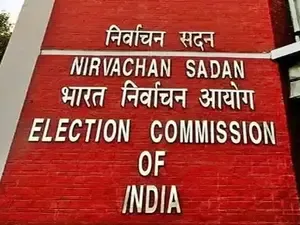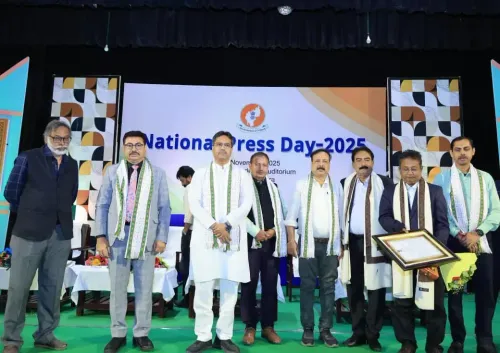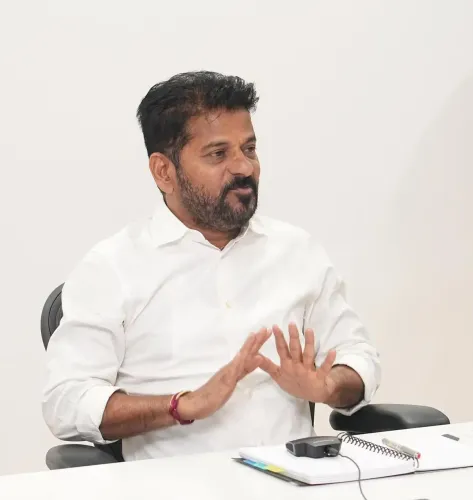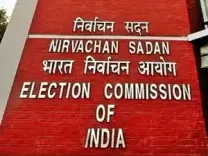Will Pallikaranai Marsh Receive Stringent Protection After NGT Action?
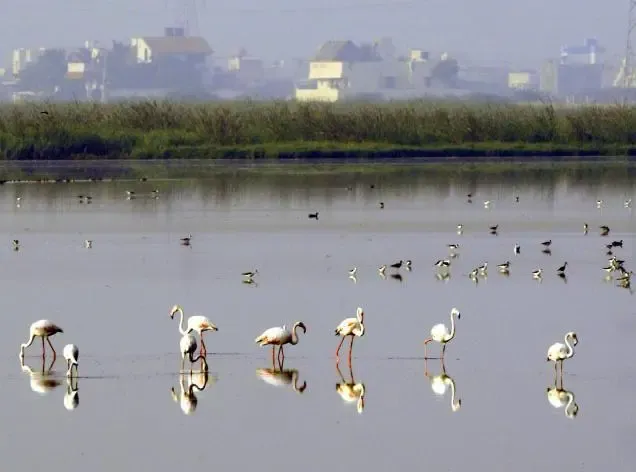
Synopsis
Key Takeaways
- NGT's ruling freezes construction around Pallikaranai Marsh.
- Urbanization has dramatically shrunk the marsh's size.
- Hydrologists emphasize its role in flood management.
- Environmentalists call for immediate action against encroachments.
- GCC plans to divert waste from the marsh.
Chennai, Oct 1 (NationPress) In a pivotal decision aimed at safeguarding Chennai's last remaining natural wetland, the National Green Tribunal (NGT) has mandated an instant suspension of all planning permissions and construction approvals in and around the Pallikaranai Marsh.
The tribunal's recent ruling directs all key stakeholders -- including the Chennai Metropolitan Development Authority (CMDA), Greater Chennai Corporation (GCC), the state environment department, and the Tamil Nadu State Wetland Authority -- to cease approvals until the marsh's boundaries and buffer zones are meticulously mapped and integrated into the forthcoming third master plan for Chennai.
The NGT bench highlighted that rampant urban expansion has already diminished the Ramsar Site from nearly 6,000 hectares to about 1,200 hectares, exacerbating the city's flood risk. It also noted that approximately 50 stormwater inlets currently discharge directly into the marsh.
Hydrologists indicated that the marsh serves as a crucial flood sink for southern Chennai, receiving water from upstream lakes in Pallavaram, Keelkattalai, and Narayanapuram via the Radial Road, as well as from regions along Old Mahabalipuram Road (OMR).
Experts assert that to enhance water retention, the government should rehabilitate the bio-mined dumpyard within the marsh and deepen it.
“They must conduct studies to ascertain the depth of waste beneath the surface. This needs to be excavated and transformed into a catchment area,” stated a senior environmental activist from Chennai.
Despite over 70 percent of the 30 lakh tonnes of legacy waste being bio-mined, the GCC continues to dump around 3,000 tonnes of fresh waste into the site.
GCC Commissioner J. Kumaragurubaran indicated that measures are being taken to redirect fresh waste from the marsh.
“We intend to establish a 1,000-tonne windrow composting center and transport 1,500 tonnes of waste daily to the upcoming waste-to-energy plant at Venkatamangalam. Around eight lakh tonnes of waste have been bio-mined in the past three years,” he explained.
Environment Secretary Supriya Sahu mentioned that boundary walls stretching eight km have already been constructed to define and protect the marsh while permitting natural water flow.
“A dedicated monitoring committee has been established to uphold the NGT order, and invasive water hyacinth is being removed to enhance storage capacity,” she added.
Environmentalists believe this order represents a “last opportunity” for Chennai to rejuvenate its essential wetland and are calling for stringent action against illegal encroachments.

